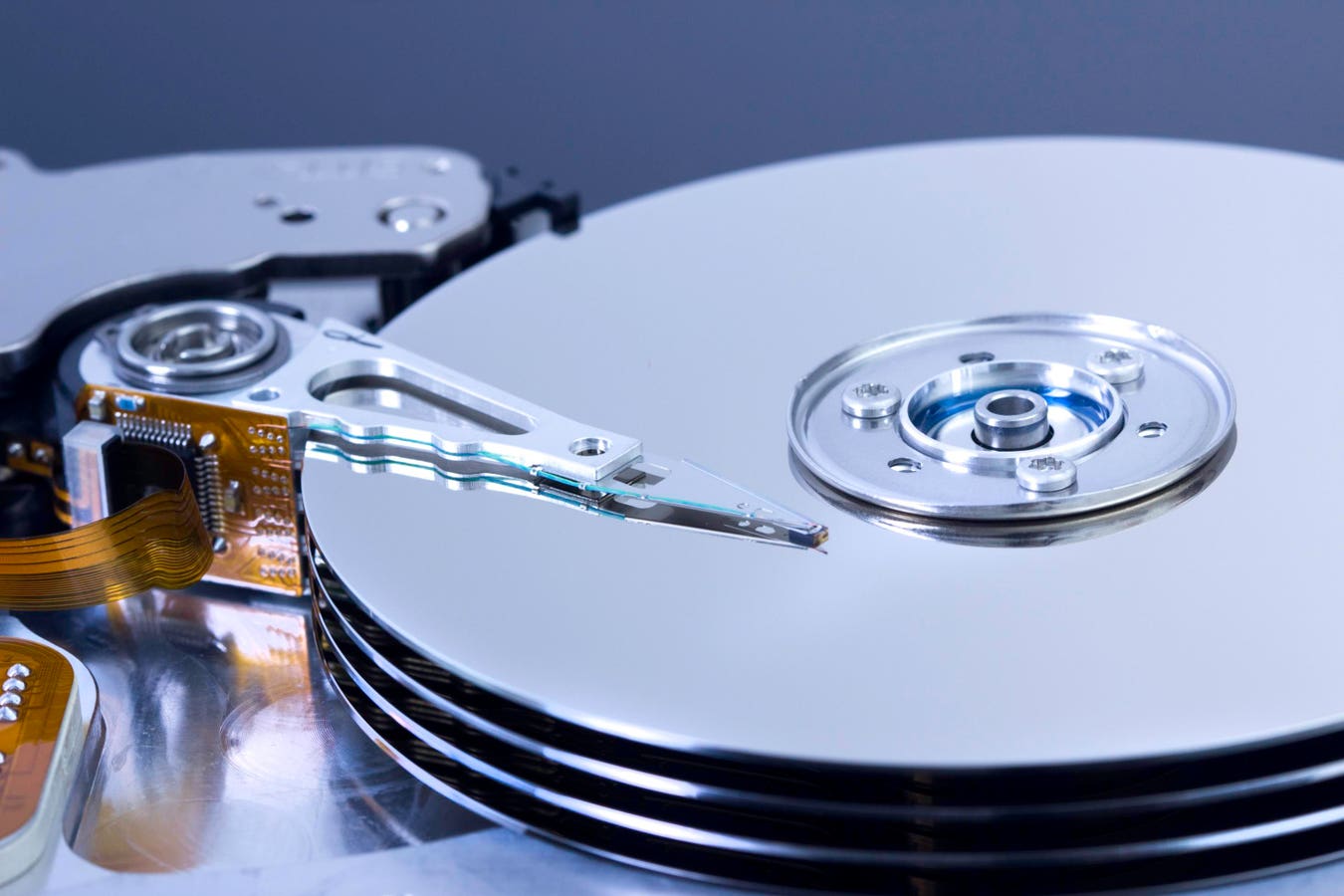In a recent article in Acta Materialia authors from Seagate, NIMS and Tohoku University demonstrated two-layer heat assisted magnetic recording. The research team combined experimental measurements as well as modeling to show that this approach to magnetic recording could accomplish up to 4Tbpsi (terabits per square inch) areal density. Current heat assisted magnetic recording products from Seagate achieve about 1.5Tbsi recording to enable 30TB+ HDDs. If we scaled possible HDD capacity for 10 disk HDDs from currently HAMR announced products this could enable HDDs with over 120TB storage capacity.
Various other technologies have been demonstrated to allow recording information on multiple layers. For instance, optical discs with multiple recording layers have been around for some time and 3D flash memory has NAND flash memory cells on multiple layers (now up to around 300 layers). The concept of recording multiple layers in a magnetic recording media has been around for some time but it has never resulted in practical products. However, the use of thermal activation of recording using HAMR, combined with special media and heads that enables writing data into two layers of media looks like it could enable multiple layers of magnetic recording.
Magnetic recording roadmaps from the Advanced Storage Research Consortium (ASRC) have projected advancing HDD areal density using energy assisted magnetic recording (such as HAMR) and also by decreasing magnetic media grain size and going to technology such as bit patterned media which defines separate islands of magnetic media. Magnetic grain size can only decrease so far. Creating multiple layers of magnetic recording media where information can be written in two layers opens another method for increasing magnetic recording density.
The paper includes the figure below, showing perpendicular recording in two layers of a magnetic recording media.
This demonstration used a dual-layer FePt-C granular perpendicular magnetic recording media. The lower (bottom) magnetic media layer has a higher Curie temperature (Tc, the temperature at which the magnetic material loses its ferromagnetic magnetization) than the upper layer. The two layers are separated by a breaking layer made from Ruthenium (Ru). The Ru breaking layer plays a role in creating the different Curie Temperatures.
A laser applied to the media that heats the two magnetic layers to close to the Tc of the lower film (high laser power) then allows writing on that layer as well as the lower-Tc upper layer. A subsequent write done at lower laser power raises the film’s local temperature to close to the Tc of the upper layer, enabling writing on this layer without writing on the lower layer. This allows magnetic recording on both FePt-C layers.
Conventional recording has two magnetic states or levels, up or down. This dual layer recording has four levels of magnetic recording. These four recording levels are up-up (1), down-down (-1), up-down (0) and down-up (0). These additional recording levels can be used to create a higher density recording, allowing more bits to be stored in the dual layer magnetic recording media. Recovering data from three level recording was demonstrated, but the authors felt that the full four level recording may also be possible.
I have been tracking HDD shipping and laboratory demonstrated magnetic recording areal density for the last 20 years and the figure below shows a chart that includes this 4Tbpsi demonstration as well as 1.5Tbpsi shipping products. It is likely that it will be a few years before such a multi-layer perpendicular recording can be implemented into products, but this approach provides an enhancement in hard disk drive magnetic recording density.
Seagate, NIMS and Tohoku University demonstrated two-layer heat assisted magnetic recording that may allow developing HDDs with 120TB storage capacity or higher in the next few years. This could continue HDDs per bit cost advantage versus NAND flash for some time to come.
Read the full article here





